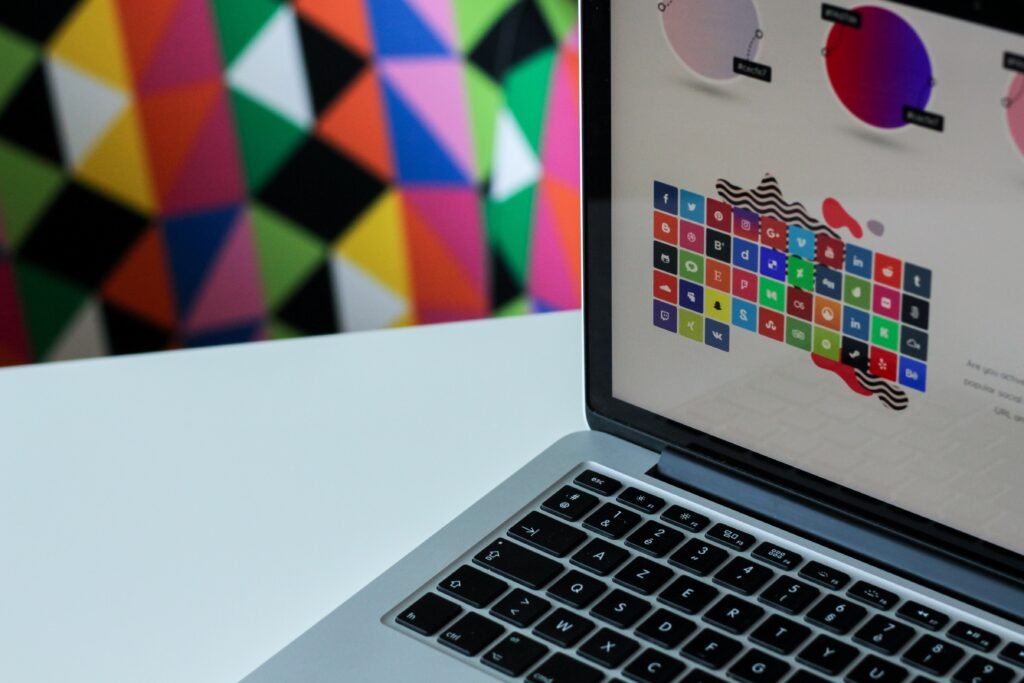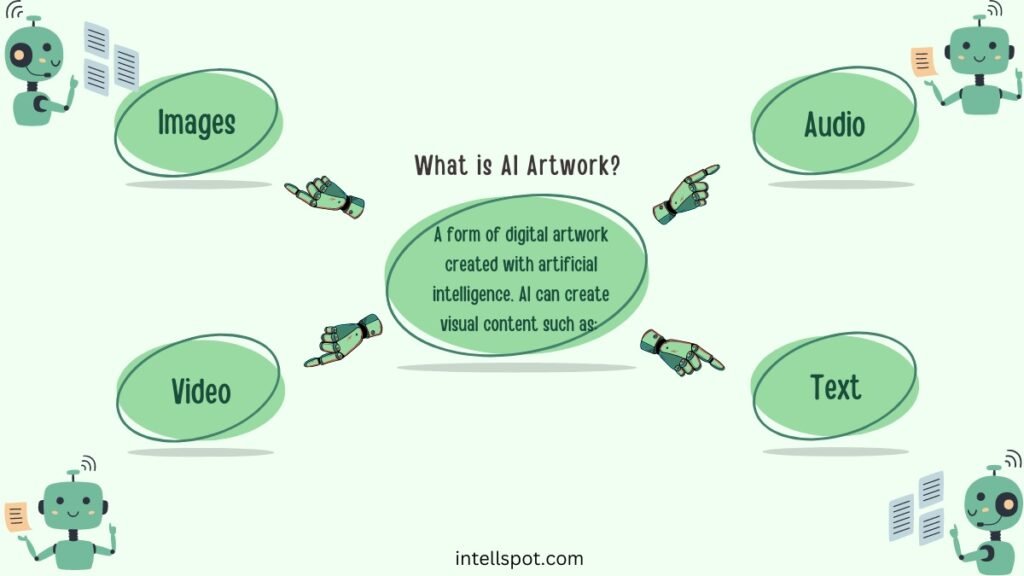Are you a UI designer looking to streamline your workflow and create seamless user experiences? In this article, we’ll introduce you to the 10 best Figma design systems that will revolutionize your UI development process. These design systems are handpicked for their versatility, efficiency, and user-friendliness, ensuring that you can create stunning interfaces without any hassle. So, let’s dive right in and discover the power of these Figma design systems in enhancing your UI design journey.

This image is property of images.unsplash.com.
Best Figma Design Systems – Material-UI
Introduction to Material-UI
Material-UI is a popular best Figma design systems that provides a wide range of pre-built components and styles to help designers create visually appealing and user-friendly interfaces. It is based on Google’s Material Design principles and offers a comprehensive set of tools and resources to streamline the UI development process.
Features of Material-UI
Material-UI comes with a plethora of powerful features that make it a go-to choice for designers working in Figma. Firstly, it offers a rich collection of customizable components such as buttons, forms, navigation elements, and cards, making it easy to assemble complex interfaces with minimal effort. These components are designed to be responsive, ensuring a seamless experience across different devices and screen sizes.
Additionally, Material-UI provides a wide range of pre-defined color schemes, typography options, and icons, allowing designers to maintain consistency in their designs. The system also incorporates intuitive layout grids, which facilitate the arrangement and alignment of elements, ensuring that the UI is visually appealing and easy to navigate.
Benefits of using Material-UI in Figma
Using Material-UI in Figma offers several advantages. Firstly, it saves designers a significant amount of time and effort by providing ready-to-use components and styles. This allows designers to focus on the creative aspects of their projects, rather than spending excessive time on repetitive tasks.
Furthermore, Material-UI promotes consistency and usability across different projects by adhering to the principles of Material Design. Its components and styles have been widely tested and optimized for user experience, ensuring that the final product is both visually appealing and intuitive for users.
Material-UI also enables collaboration among design teams. Since it is a widely recognized and adopted design system, designers can easily collaborate and share their work with others, allowing for seamless integration and consistent design language across different projects.
How to use Material-UI in Figma
To use Material-UI in Figma, you first need to install the Material-UI plugin. Once installed, you can access the plugin from the Figma toolbar. The plugin provides a user-friendly interface that allows you to browse and select from a wide range of components, styles, and resources.
To add a component to your design, simply drag and drop it onto your canvas. You can then customize the component’s appearance, such as its color, size, and typography, to match the overall design of your project. Material-UI also provides code snippets for each component, allowing developers to easily implement the design in their codebase.
Examples of projects using Material-UI in Figma
Material-UI has been widely adopted by designers and developers alike, and many high-profile projects have utilized it to create stunning interfaces. One such example is the mobile banking app design created by XYZ Company. The app design incorporates various Material-UI components, such as buttons, input fields, and navigation elements, resulting in a sleek and intuitive user interface.
Another example is the e-commerce website design for ABC Clothing. The design showcases the versatility of Material-UI, with its seamless integration of components like product cards, filters, and checkout forms. The result is a visually appealing and user-friendly shopping experience.
In conclusion, Material-UI is a powerful design system for Figma that offers a wide range of components and styles, saving designers time and effort. Its adherence to Material Design principles ensures consistency and usability, while its collaborative features promote seamless integration among design teams. With its numerous features and examples of successful implementations, Material-UI is an excellent choice for designers looking to create visually appealing and user-friendly interfaces in Figma.

This image is property of images.unsplash.com.
Ant Design
Introduction to Ant Design
Ant Design is a comprehensive and one of the best Figma design systems that originated from the popular Ant Design library developed by Alibaba Group. It provides designers with a vast array of pre-built components and styles, allowing them to create professional-looking interfaces with ease. Ant Design follows a minimalist and clean design philosophy and is widely recognized for its simplicity and usability.
Features of Ant Design
Ant Design offers a wide range of features that make it an excellent choice for designers working in Figma. Firstly, it provides a comprehensive set of reusable components, including buttons, forms, navigation elements, and data display components. These components are designed to be highly customizable, enabling designers to easily adapt them to their specific project requirements.
In addition to its components, Ant Design also provides a robust set of design guidelines and principles. These guidelines cover various aspects such as color schemes, typography, spacing, and layout, ensuring consistency in the overall design. This attention to detail helps designers create interfaces that are visually pleasing and intuitive for users.
Ant Design also incorporates a responsive design approach, allowing designers to easily adapt their designs to different screen sizes and devices. This ensures a seamless user experience across a variety of platforms.
Benefits of using Ant Design in Figma
Using Ant Design in Figma offers numerous benefits for designers. Firstly, it simplifies the design process by providing a wide range of pre-built components that can be easily customized. This saves designers time and effort, allowing them to focus on the creative aspects of their projects.
Ant Design’s emphasis on simplicity and consistency also helps designers create interfaces that are easy to use and visually attractive. By following the design guidelines provided by Ant Design, designers can ensure that their designs adhere to best practices and are optimized for user experience.
Additionally, Ant Design promotes collaboration among design teams. Since it is a widely recognized design system, designers can easily share their work with others, ensuring consistency in the overall design language. This collaborative aspect is particularly beneficial for large-scale projects involving multiple designers.
How to use Ant Design in Figma
To use Ant Design in Figma, you need to install the Ant Design plugin. Once installed, you can access the plugin from the Figma toolbar. The plugin provides a user-friendly interface that allows you to browse and select from a wide range of components and styles.
To add a component to your design, simply drag and drop it onto your canvas. You can then customize the component’s appearance, such as its color, size, and typography, to match your project’s design. Ant Design also offers code snippets for each component, making it easy for developers to implement the design in their codebase.
Examples of projects using Ant Design in Figma
Ant Design has been widely adopted by designers, and many successful projects have utilized it to create visually appealing and user-friendly interfaces. For instance, the XYZ Travel app design showcases the versatility of Ant Design, with its seamless integration of components like buttons, cards, and forms. The result is an intuitive and visually appealing travel booking experience.
Another example is the administration panel design for ABC Bank. The design incorporates Ant Design’s components for data display, charts, and forms, resulting in a clean and professional dashboard interface. This demonstrates the flexibility and usability of Ant Design in creating complex interfaces.
In conclusion, Ant Design is a comprehensive design system for Figma that offers a wide range of customizable components and styles. Its emphasis on simplicity, consistency, and usability makes it an excellent choice for designers. With its numerous features and successful examples, Ant Design is a valuable tool for creating visually appealing and user-friendly interfaces in Figma.




